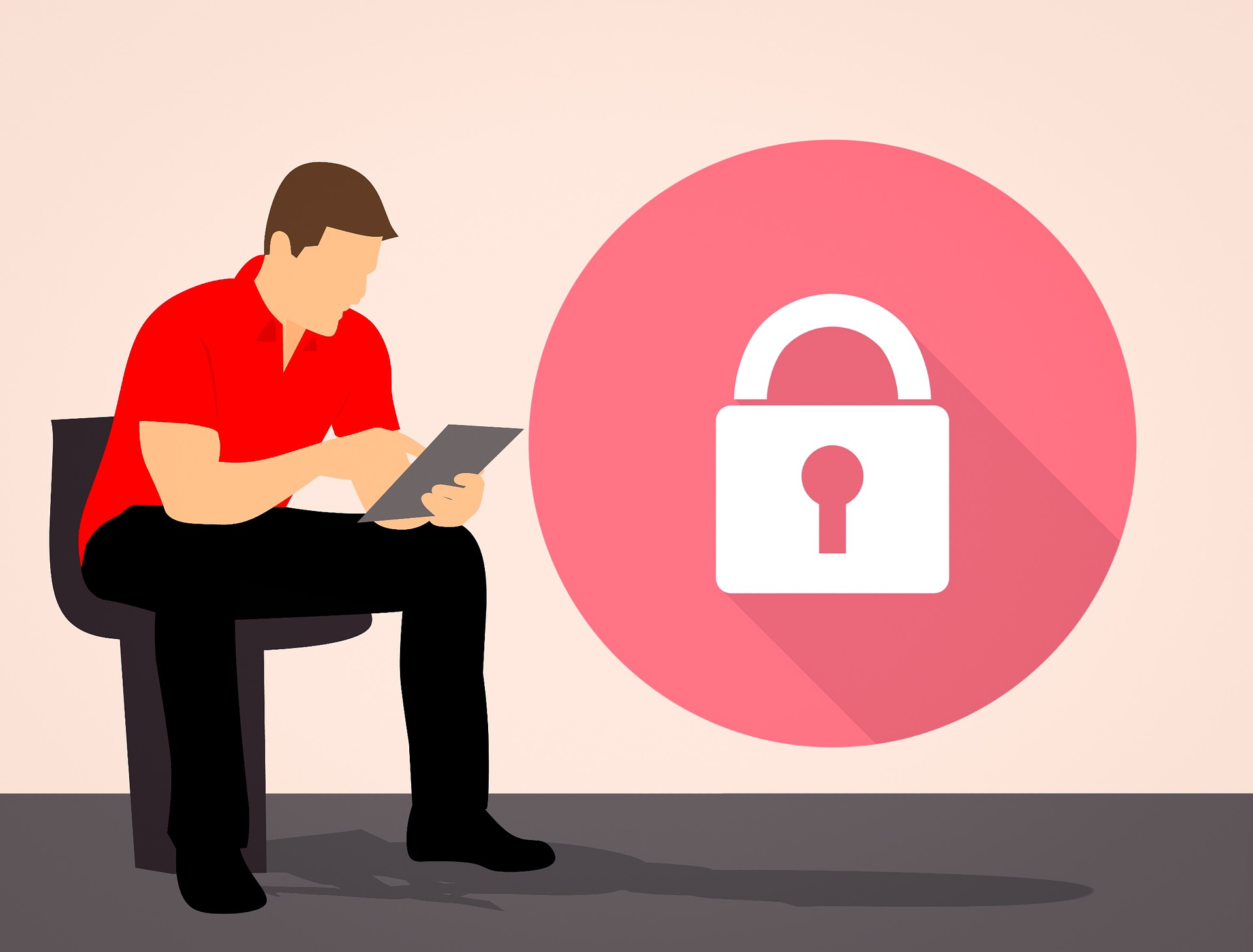In the digital age of today with the increasing number of devices that are used in the workplace, which range from laptops and desktop computers to tablets and smartphones is making managing and protecting the endpoints an arduous and difficult task for companies. Unified Endpoint Management (UEM) is a complete solution to tackle these issues. This article outlines the advantages from UEM in streamlining the management of devices and increasing security across different endpoints in an organization.
Understanding Unified Endpoint Management (UEM)
Unified Endpoint Management (UEM) is an integrated method of managing and protecting a wide variety of endpoints, which include laptops, desktops, smartphones tablets, as well as other IoT devices, all from one central platform. UEM solutions typically provide options like device provisioning, management of applications security policy enforcement and remote support all through one console. Here are the main advantages of the implementation of UEM for your business:
- Streamlined Device Management: One of the major benefits that comes with UEM is the streamlined nature of tasks related to device management. Instead of having different consoles and tools for various types of computers and platforms, UEM provides a single interface for managing all devices regardless of shape or platform. This makes administrative tasks easier and makes it easier to manage managing devices.
- Enhanced Security: UEM solutions are created to enhance security across every device. They help organizations implement security policies in a consistent manner and ensure that devices are configured correctly and secure from threats. UEM platforms can be used for remote device tracking, locking and data wipe-off in the case of a device’s theft or loss, thus reducing the possibility of data breach.
- Increased Efficiency: Centralizing device management, UEM solutions enhance operational efficiency. IT departments can be automated for everyday tasks such as patches, software updates and enforcement of policies by reducing the need for the need to manually manage. This saves time but also decreases the risk of human error and improves overall system stability.
- Cost Saving: Unified Endpoint Management can lead to savings for businesses. Through reducing the complexity of device management, and minimizing the time it takes to recover from security breaches and automating repetitive processes, UEM helps organizations optimize their IT resources, and reduce operational expenses.
- Improved User Experience: UEM solutions typically have self-service functions that enable users to complete certain tasks by themselves for example, installing apps or resolving common issues. The improved user experience decreases helpdesk requests and boosts employee productivity.
- Cross-Platform Compatibility: In the present multi-platform IT environments, businesses typically utilize a range of operating systems, such as Windows, macOS, iOS, Android, and more. UEM solutions are built to be compatible with a variety of platforms, providing the same security and management policies regardless of the operating system.
- Compliance and Reporting: Numerous industries and businesses are required to comply with specific regulations pertaining to security and data protection. UEM solutions offer the tools and capabilities for reporting necessary to demonstrate compliance through monitoring the configurations of devices as well as security settings and user actions.
- Scalability: As businesses grow and change their requirements for managing endpoints evolve. UEM platforms can be adaptable, allowing companies to quickly to add or remove devices from their management area as required. The ability to scale up and down with business needs without major disruption.
- Remote Management: The growing popularity in remote working and the requirement for remote support makes UEM’s remote-management capabilities useful. IT teams are able to troubleshoot and fix issues on devices from anywhere which reduces downtime and ensures that employees can function effectively in any location, including outside of the office.
- Future-Proofing: UEM platforms are built to be able to change with changing technologies in addition to security concerns. With the help of UEM companies can ensure the future of their strategy for managing endpoints and remain flexible in the rapidly evolving digital environment.

Conclusion
Unified Endpoint Management (UEM) provides numerous advantages to companies who want to streamline their device management and improve security in today’s increasingly complex and varied endpoint landscape. By centralizing management functions and enhancing security, it can increase efficiency, and offering the same solution to devices across different devices, UEM empowers organizations to improve their IT operations as well as protect their digital assets efficiently. The digital workspace continues to develop, UEM will remain a essential tool for contemporary IT administration.
